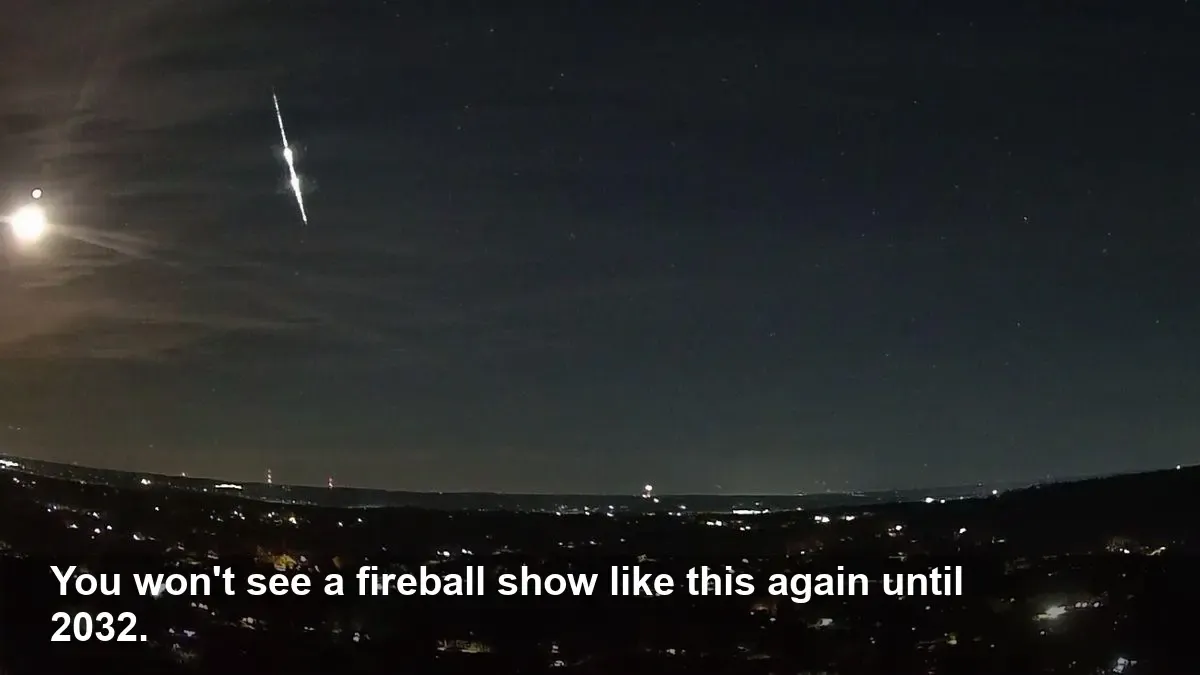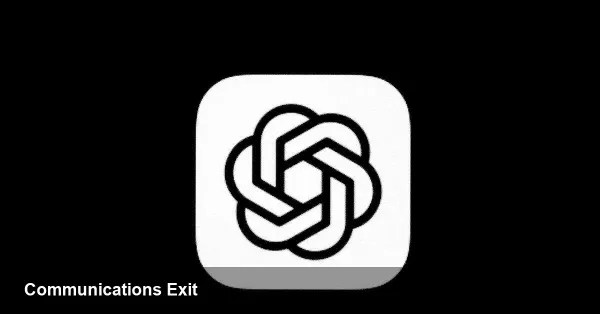Skies on Fire: Don't Miss Taurid Fireballs Tonight!

- The Southern Taurid meteor shower reaches its peak on the night of November 4-5.
- This year is a special "swarm year," promising an increased chance of brilliant, long-lasting fireballs.
- A bright, near-full moon will challenge viewers, but the most spectacular meteors will still cut through the glare.
- This is your last chance to see a Taurid swarm event of this potential magnitude until 2032.
A Celestial Showdown: Fireballs vs. the Full Moon
Stargazers, prepare for a celestial spectacle tonight as the Southern Taurid meteor shower hits its peak. As Earth drifts through a dense trail of debris left by Comet 2P/Encke, the sky could be streaked with intensely bright meteors and even dramatic fireballs. However, there's a catch: a brilliant, near-full moon will be sharing the stage, threatening to wash out all but the most dazzling displays.
What Makes This Year's Shower Unmissable?
This isn't just any meteor shower; 2025 has been identified as a "swarm year." This rare event occurs when our planet passes through a thicker concentration of the comet's debris, filled with larger fragments. While a typical meteor comes from a particle the size of a grain of sand, the Taurid swarm can feature chunks ranging from pea-sized gravel to basketballs.
"The swarm particles are only the size of baseballs up to basketballs, but will appear as fireballs from the ground instead of normal meteors," American Meteor Society expert Robert Lunsford told Space.com. These larger pieces burn up spectacularly upon entering our atmosphere, creating fireballs that can momentarily turn night into day.
Although Lunsford notes that Earth is only clipping the edge of the swarm and the full moon poses a challenge, he adds a tantalizing hint for skywatchers. "So far though, fireball activity in October has been higher than normal, indicating that we may have underestimated the strength of this year's display," he stated.
How to Maximize Your Chances of Seeing a Fireball
Don't let the moonlight deter you. While the shower may only produce up to 10 meteors per hour, the ones you'll see are likely to be unforgettable. For your best shot at spotting a Taurid fireball, follow these tips:
- Wait Until After Midnight: The best viewing hours are in the early morning, after midnight local time, when the shower's radiant point in the constellation Taurus is highest in the southern sky.
- Give Your Eyes Time: Step outside about 30 minutes before you start seriously looking to allow your eyes to fully adapt to the darkness.
- Look Away from the Moon: Find a comfortable spot and fix your gaze on a patch of sky about 40 degrees away from the constellation Taurus. This will help you see the longer, more dramatic trails without being blinded by the moon.
A Rare Opportunity You Can't Afford to Miss
If you're on the fence about staying up late, consider this: the next Southern Taurid swarm event isn't expected until 2032. Tonight offers a rare opportunity to witness a natural light show that countless others will miss. So, grab a blanket, a warm drink, and look up—you might just see a piece of a comet set the sky ablaze.




